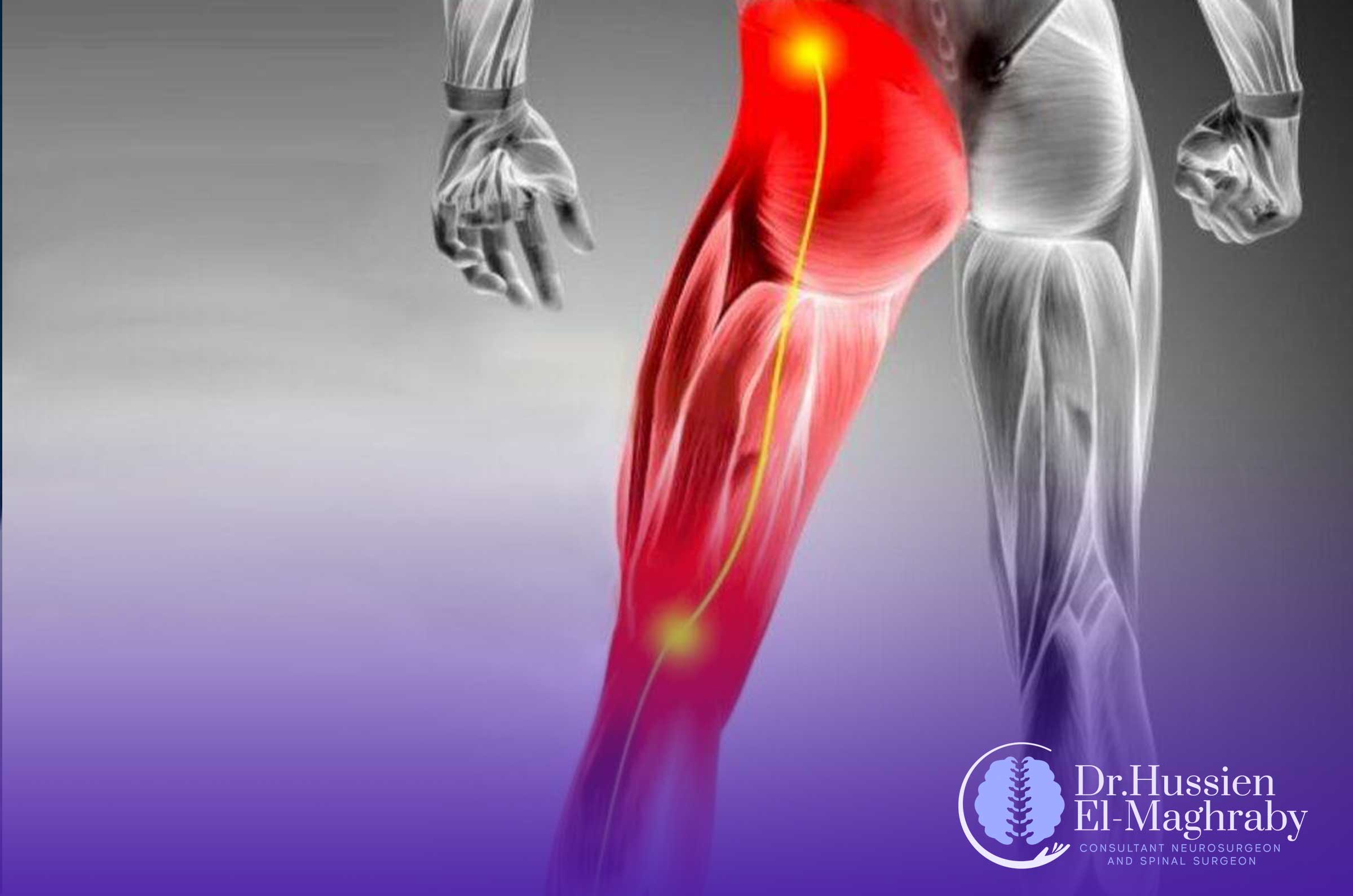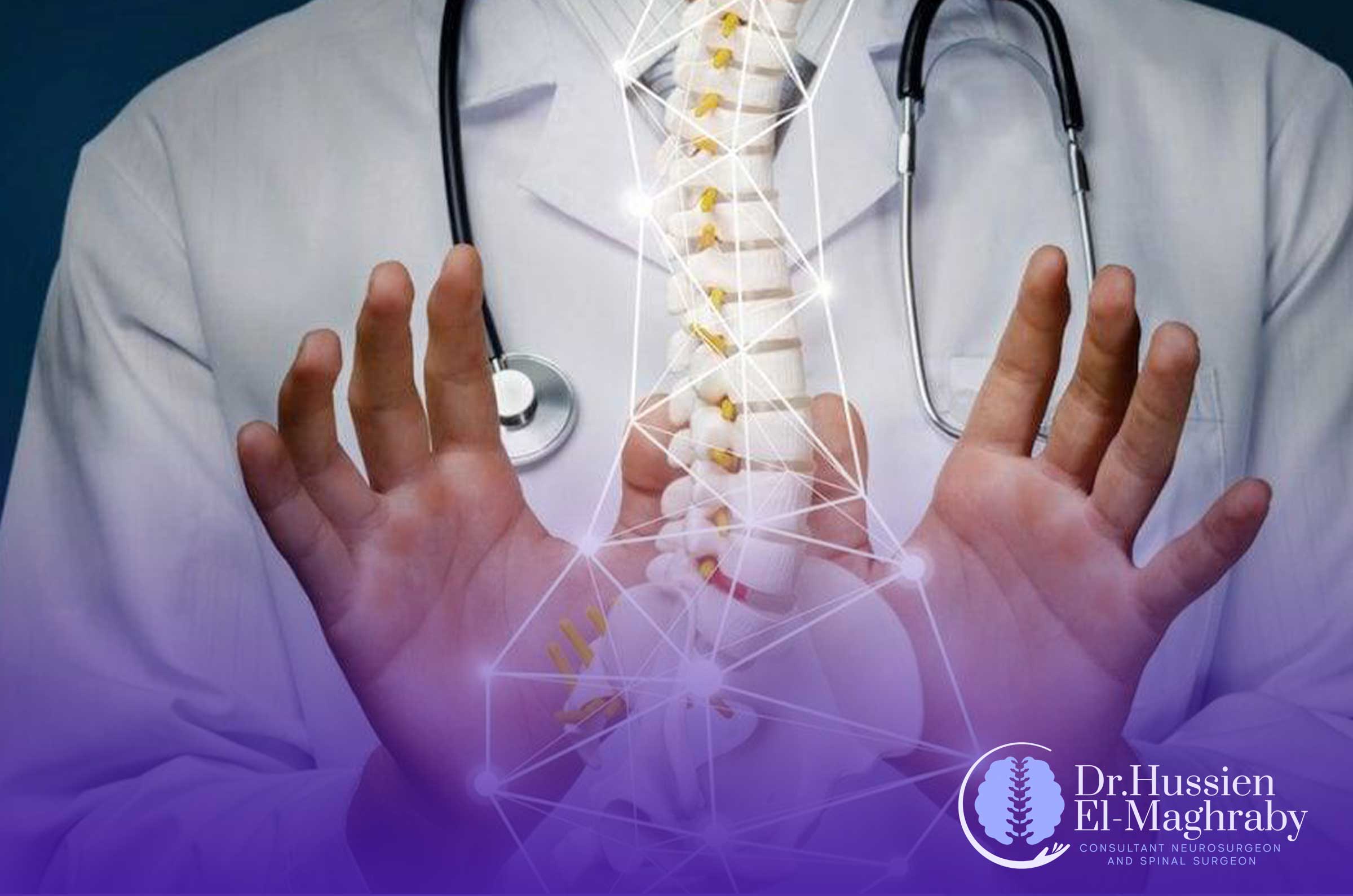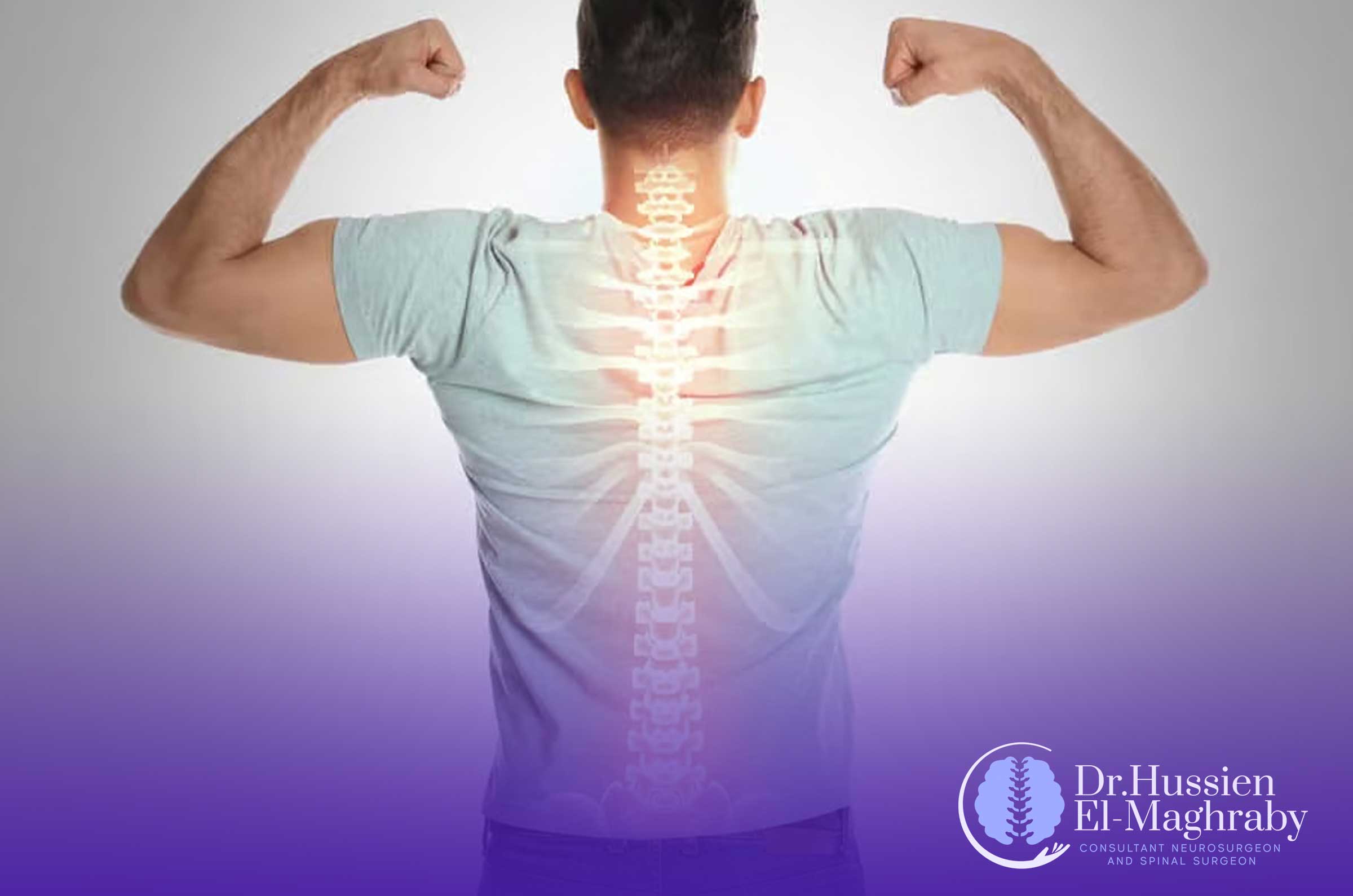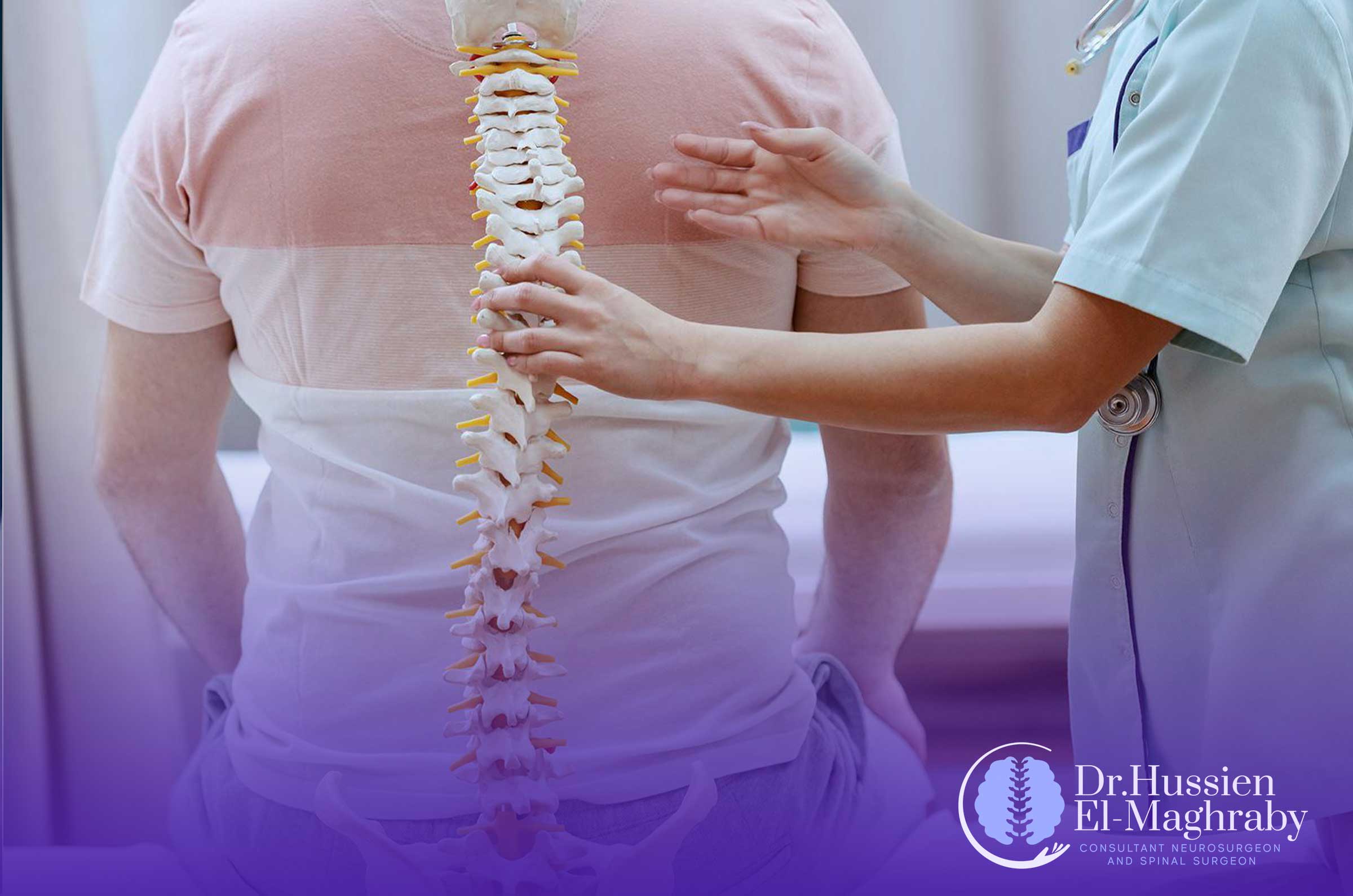Latest Techniques for Treating Sciatica Without Surgery

Laser sciatica treatment is one of the effective options for alleviating sciatica pain in patients of all ages. If you have experienced sciatica pain before, you know how intense and uncomfortable it can be. Back pain and sciatica are common health issues worldwide today. Approximately 40% of people experience lumbar spine pain at some point. Most of this pain results from overwork, poor posture, or other injuries, leading to inflammation and irritation of the nerve in the lumbar spine.
What is sciatica?
The sciatic nerve is the longest and thickest nerve in the body, measuring up to 2 cm in diameter. Despite its name, it is not a single nerve but a group of nerves that emerge from five branching nerve roots of the spinal cord. There are two sciatic nerves, one on each side of the body. Each passes through the hip and buttocks on one side and extends down the leg to just below the knees, where they split into other nerves connecting to lower parts, including the lower leg, foot, and toes.What is sciatica pain?
Sciatica pain can occur due to a herniated disc. A herniated disc happens when one of the discs in the spine compresses the nerves, causing pain in the back and lower leg, as well as significant pain, inflammation, and numbness in the back of your legs, buttocks, toes, and feet. You may also feel tingling or sharp pains. A lack of exercise, being overweight, or sleeping on a soft mattress can exacerbate sciatica pain.How is sciatica pain treated with laser?
Dr. Hussien El-Maghraby; Consultant Neurosurgeon and Spinal Surgeon at University Hospitals Coventry and Warwickshire NHS Trust, England, United Kingdom is a leading spinal surgeon in minimally invasive surgery techniques. He introduced laser discectomy in Egypt, a new technique for treating back pain, especially sciatica.What is Percutaneous Laser Disc Decompression (PLDD)?
Laser spinal decompression is a minimally invasive procedure in which a fine needle is inserted into the nucleus (center) of the disc using X-ray guidance. Thin fibers are passed through the needle into the disc to deliver laser energy to its center. The thermal energy from the laser heats the disc, causing excess water to vaporize and the disc to shrink in size, which relieves the pressure caused by its bulging on the nerve. This pressure reduction then leads to pain relief.What are the benefits of laser disc decompression?
The procedure is performed under local anesthesia, meaning you do not need to be fully anesthetized. Recovery is very quick, and you can go home on the same day of the procedure. The procedure is less invasive; it does not require large incisions or muscle tearing, as in open spinal surgery, which means there will be no scars or surgical openings, as the procedure avoids major open surgery.Why is it necessary to undergo sciatica pain treatment?
Treatment is essential to avoid complications. One potential complication of sciatica is chronic pain. Additionally, if there is severe damage to the affected nerve, it may lead to chronic muscle weakness, such as "foot drop." In this case, nerve damage can cause numbness in your foot, making normal walking difficult or even impossible. Sciatica can also lead to permanent nerve damage, resulting in a loss of sensation in the affected leg.Share:
Surgery Tips

The Role of Advanced Technology in Spine Surgery
Technological advances have made it possible to treat various spinal diseases and injuries in non-surgical ways, characterized by rapid recovery, pain reduction, and impressive results.

Tips for Spinal Cord Health
Spinal cord compression can occur and lead to various symptoms; however, such cases can be avoided through a set of unique tips provided by Dr. Hussien El-Maghraby.

Lower Back Pain
Many people suffer from lower back pain for various reasons, which can hinder them in their daily lives. Discover the available solutions and how to prevent the recurrence of pain after treatment.

Customized 3D Solutions for Your Spine
The use of modern technology and 3D printing is a true revolution in the field of surgery, as it allows for personalized procedures that meet the needs of each patient.

